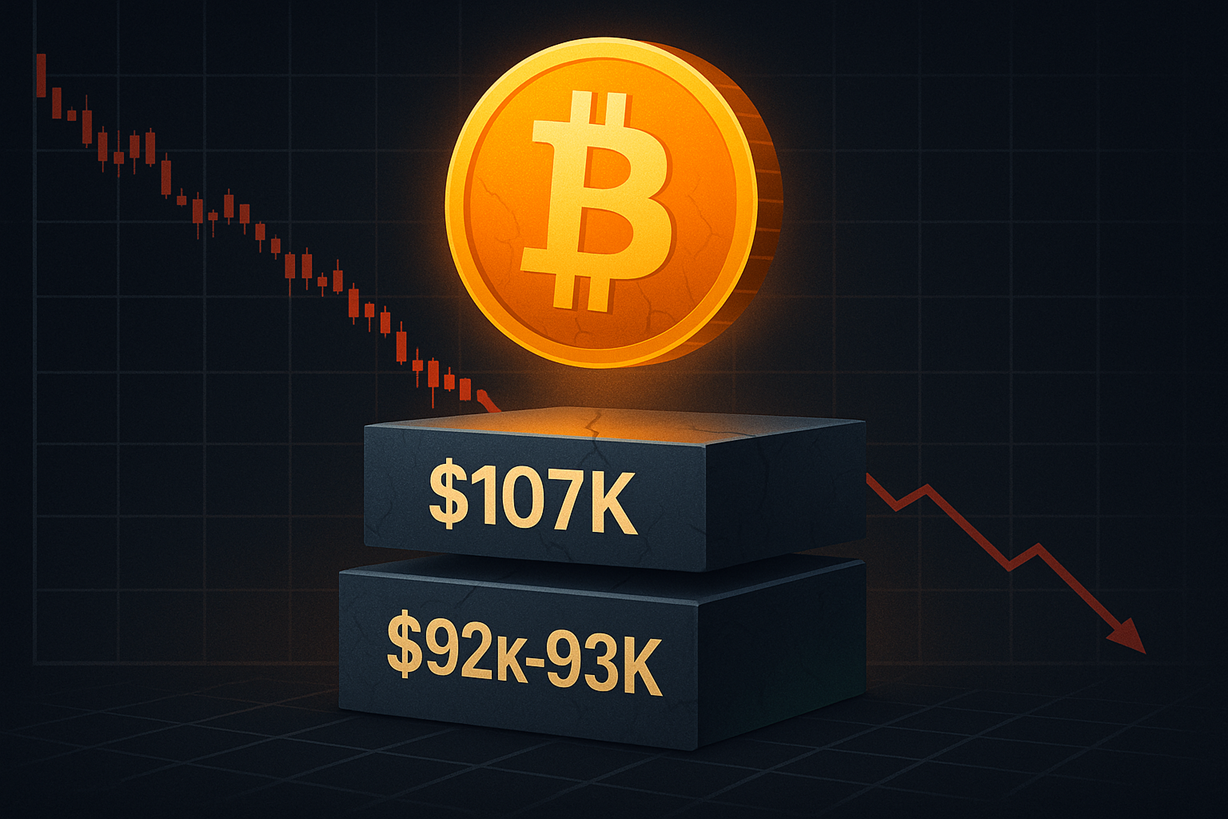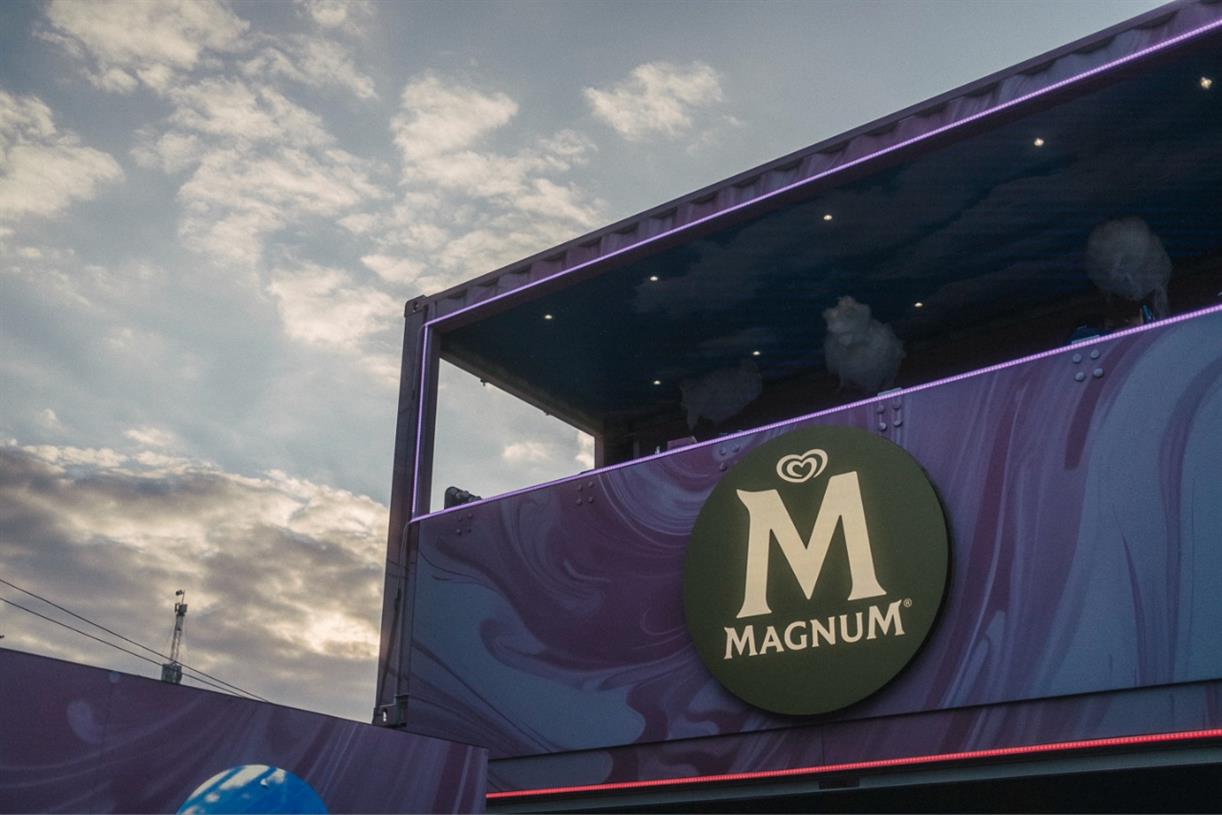New video game measurement allow brands to evaluate how much attention is paid to in-game ads
Frameplay worked with Dentsu to validate the metric.

Even as brands lean into gaming as a way to reach younger consumers, thus far its been difficult to measure the effectiveness of those efforts. To this end, Frameplay, an ad platform for video games, is introducing a new metric to help brands measure the the amount of attention ads get in video games. The goal is to make gaming a more reliable platform in brands' media mix.
Frameplay’s CEO Jonathan Troughton and Chief Strategy and Operations Officer Cary Tilds, outlined the efficacy of the new metric, dubbed "intrinsic time-in-view," during an IAB PlayFronts panel today. The metric has been validated by Dentsu's Attention Economy Team, which looks at attention as a metric for media effectiveness. Frameplay’s intrinsic time-in-view measures the length of time an ad impression is viewable during game play.
Two separate studies, one by Lumen, an attention technology company that uses eye tracking to help brands measure their marketing, and one by Eye Square, a market research firm, were conducted to show Frameplay metric’s validity. The studies focused on an advertising campaign for Dentsu's client McCormick and their Frank’s RedHot brand in the game "Basketball Battle."
Gaming has become an important channel for brands, especially amid the pandemic, where consumers turned to video games as a form of entertainment and way to connect. Video games are also appealing for their younger-skewing audiences. But gamers are also known for being particular when it comes to how ads are presented in game. Frameplay’s measurability can help marketers prove if in-game ads can be a reliable channel.
And Frameplay's concept may also be applied to other virtual environments that utilize similar creative engines, according to the company, which is looking to use attention metrics to help measure ads in the metaverse, among other things.
Lumen’s study found that intrinsic in-game advertising performed similarly to social in-feed video norms and outperformed every other social, web, and mobile formats, including social in-feed image. Eye Square revealed that gamers are more receptive to intrinsic banner ads in mobile games, but found interrupting video ads to be annoying.
“The average consumer sees over 4,000 ads in any given day, so it is imperative that advertisers start evaluating channels through the lens of attention metrics, which are more indicative of meaningful exposures,” Joanne Leong, VP of global media partnerships, Dentsu, said in a statement. “The results from these studies validate proven attention in Frameplay’s gaming inventory, and we will use this data in planning as we evaluate future intrinsic in-game opportunities.”

 Aliver
Aliver 































